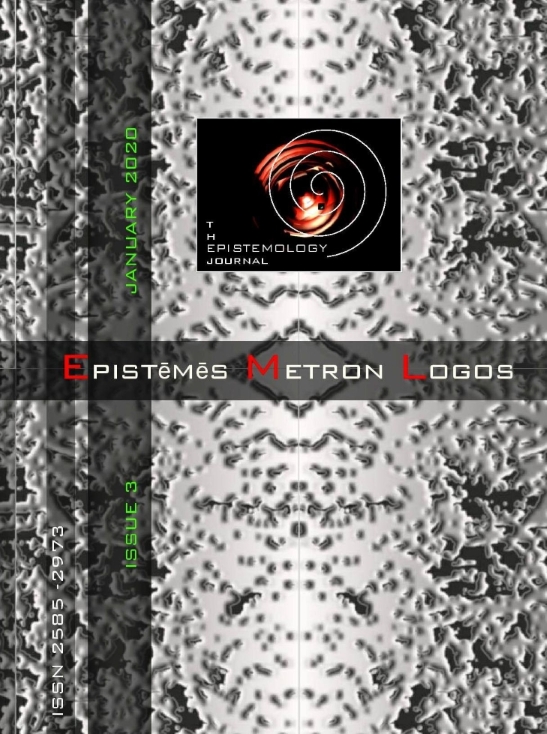Dance as an Object of Scientific Investigation and Philosophy. Preliminary Remarks

Abstract
The art of dance is now studied in the sciences and philosophy. From the time of the ancient Greek thinkers to the modern era, dance has never ceased to be considered a way of expressing multiple potentialities of culture. The way that man danced in history is also a reflection on every era of man's relationship with nature, the universe and social structures.
By selecting the most significant of all references to dance that the modern reader may encounter today, we locate the wealth and variety of information and approaches as well as the interdisciplinary nature of the studies provided. However, both the historical as well as the literary sources and the more recent ethnological and anthropological approaches do not cease to remain in an informational and encyclopedic field, without completing the theoretical explanation and understanding of the phenomenon unless and until specific philosophical questions are answered. These latter ones have to do with the identity of dance experience – based on data about the nature of learning, the relation of dance to language, science or sciences (history, philology, natural sciences), metaphysics and cosmology, the functionality and applicability of dance uses in society, religion and politics. Even the meaning of dance itself or the aesthetic principles as well as the moral and educational values of the ancient dance activity fall within traditional areas of philosophical contemplation or at least are not sufficiently systematized in the direction of methodical research unless they are subject to philosophical inquiry.
We will focus on those facts which can show that orchesis/dance is treated by philosophy as an anthropological and at the same time cosmological concept referring to the relation of the human being to its inner psyche and to the environment. The "intelligence" of ancient Greek dance culture that has unfolded over many centuries, in various shapes and types of music poetry, but also with a rich social, educational and therapeutic functionality, is yet another discovery of the Greeks from their earliest history.
Article Details
- How to Cite
-
Lazou, A. (2020). Dance as an Object of Scientific Investigation and Philosophy. Preliminary Remarks. Epistēmēs Metron Logos, (3), 60–92. https://doi.org/10.12681/eml.22108
- Section
- Publishing partner

This work is licensed under a Creative Commons Attribution-NonCommercial 4.0 International License.
Authors who publish with this journal agree to the following terms:
Authors retain copyright and grant the journal right of first publication with the work simultaneously licensed under a Creative Commons Attribution Non-Commercial License that allows others to share the work with an acknowledgement of the work's authorship and initial publication in this journal.
Authors are able to enter into separate, additional contractual arrangements for the non-exclusive distribution of the journal's published version of the work (e.g. post it to an institutional repository or publish it in a book), with an acknowledgement of its initial publication in this journal.
Authors are permitted and encouraged to post their work online (preferably in institutional repositories or on their website) prior to and during the submission process, as it can lead to productive exchanges, as well as earlier and greater citation of published work.


